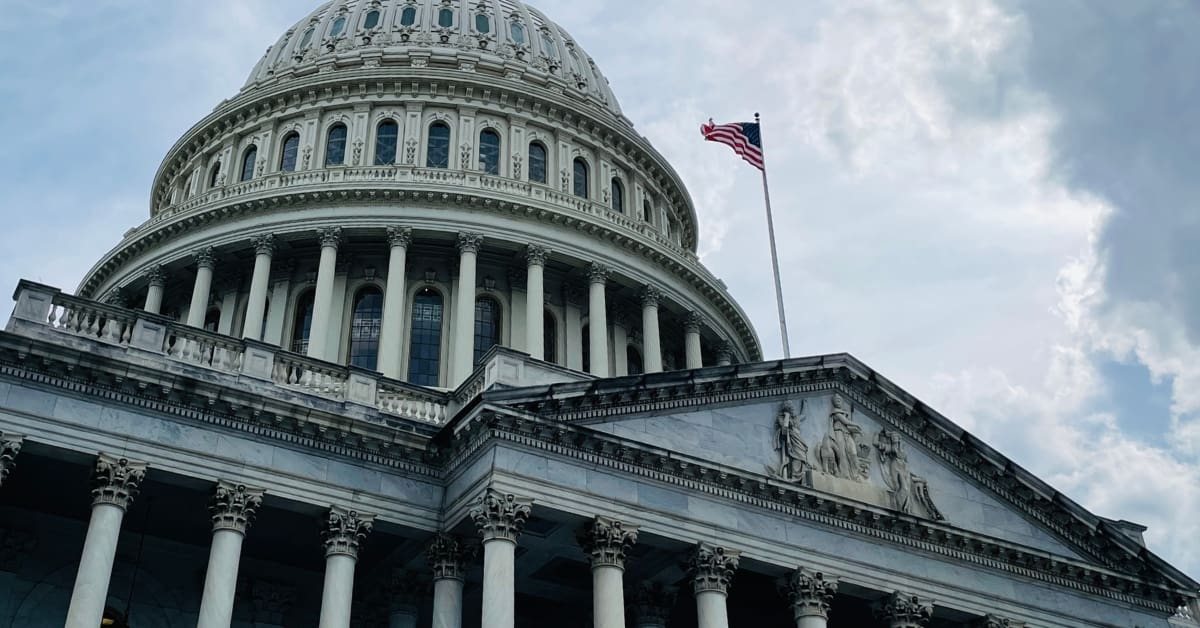Federal Shutdown Update
Back to News
With the federal government shutdown now the longest in history, Congress is under renewed pressure to strike a deal to reopen the government as talks among a bipartisan group of Senators are slowly inching forward. In a notable development, Senate Republican leaders now plan to abandon the House-passed funding patch and instead draft a new Continuing Resolution (CR) that would allow more time to complete the fiscal year 2026 spending bills. The move reflects growing recognition that the House’s proposed November 21 extension would no longer provide sufficient time to finalize the 12 annual spending bills.
While the length of a new stopgap measure remains under discussion, lawmakers are also weighing ways to advance FY 2026 appropriations as part of a broader framework to reopen the government. Although there is cautious optimism that progress could emerge, key policy differences remain, particularly over how to handle the expiring Affordable Care Act (ACA) premium subsidies, which are set to lapse at the end of the year. ACA open enrollment began on Saturday, adding urgency for lawmakers to find a resolution. A positive performance for Democrats in statewide races on Tuesday has further bolstered the party’s negotiating position, and Senate and House Minority Leaders Chuck Schumer (D-N.Y.) and Hakeem Jeffries (D-N.Y.) this morning sent a very short and direct letter to President Trump urging a bipartisan meeting ASAP to open the government. For his part, President Trump blamed GOP losses on the shutdown at a breakfast with Senate Republicans and pressed those lawmakers to abolish the filibuster to resume funding with a simple majority vote. In response, Senate Majority Leader John Thune (R-S.D.) has reiterated that his conference lacks the vote for such a procedural move.
USDA Will Partially Fund SNAP Benefits through Portion of November
In response to a Rhode Island federal court ruling, the U.S. Department of Agriculture (USDA) has announced its plan to tap into the SNAP contingency fund to issue November benefits. However, that fund, at roughly $5 billion, is insufficient to cover the full $8 billion cost of the program, and USDA is thus far declining to use its transfer authority to redirect additional dollars to make benefits whole. The agency declared in its court filing that it would provide roughly 50 percent of the normal issuance for the month. The decision to partially fund benefits creates significant logistical challenges for states, which must implement eligibility systems changes. This will likely result in significant delays for benefits to reach households. In response, plaintiffs in the court case filed a new motion on Tuesday demanding that the court force USDA to send the full $8 billion needed for November benefits, and a new hearing in the case is scheduled for Thursday afternoon. On November 4, the Western Poverty Law Center also filed a class action lawsuit on behalf of SNAP recipients demanding a full release of the benefits. CSAC has been advocating on funding for SNAP benefits consistent with the requests outlined in the recent NACo letter.
In the meantime, on Tuesday, USDA sent guidance to states on implementing the reduced benefits. The guidance, however, did not waive or provide any new flexibilities for the processes. Furthermore, contrary to its court filing, USDA has opted to provide only 50 percent of the maximum SNAP benefit. Depending on their net income and household size, SNAP participants may therefore lose far more than half of their monthly allotment, with some recipients receiving no assistance at all. Additionally, shortly after the USDA guidance went live, President Trump then posted on Truth Social that he intended to withhold SNAP funding until the federal government is re-opened. Hours later, Press Secretary Kathryn Leavitt walked back those remarks, suggesting that the Administration will comply with the court order and that the President was suggesting he would not draw on contingency funds in the future. On October 31, USDA also warned grocery stores to not give SNAP beneficiaries any preferential treatment.
For CalFresh, the County Welfare Directors Association of California (CWDA) reports that the California Department of Social Services (CDSS) is working with CalSAWS and FIS to load partial benefits by mid-next week and that benefits will be loaded on a staggered cadence. The current plan from CDSS for issuing partial benefits to CalFresh recipients is based on what is known today. Plans may be adapted subject to future court directives.
Other Programs
- Special Supplemental Nutrition Program for Women, Infants and Children (WIC): USDA has transferred $450 million in emergency funding to keep the program operational. The timeline for these funds being exhausted is unknown – while $150 million is an average of weekly programs costs, this can vary significantly by state and by week within the month.
- Housing Programs: The Department of Housing and Urban Development (HUD) is extending funding for public housing operations and housing choice vouchers through the month of December. This alert was sent by the Council of Large Public Housing Authorities.
- Head Start: The National Head Start Association (NHSA) reports that as of Nov. 3, 140 Head Start programs serving more than 65,000 children have not received the federal grant funds necessary to operate, though many are continuing to serve children by drawing down on other funding sources and partnerships. Federal funding for Head Start is dispersed on a staggered grant cycle, so different agencies receive their funding at different times throughout the year.
RESOURCES
NACo has developed a resource hub for counties with an overview of the shutdown, key county impacts and advocacy and information sharing opportunities.